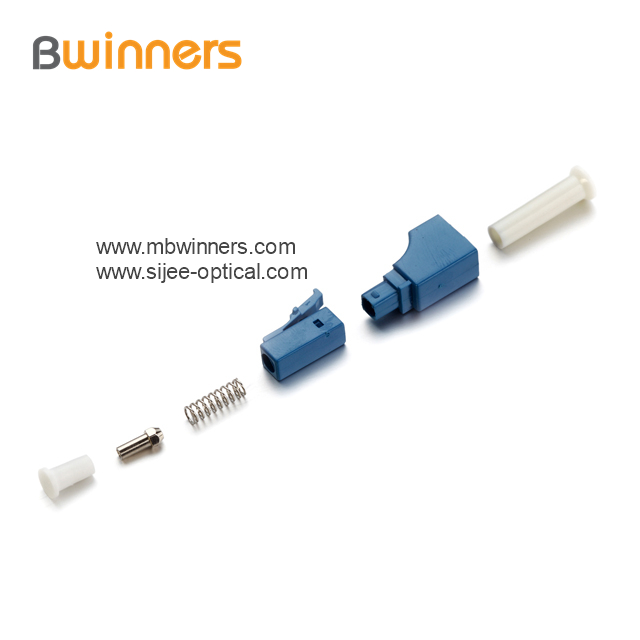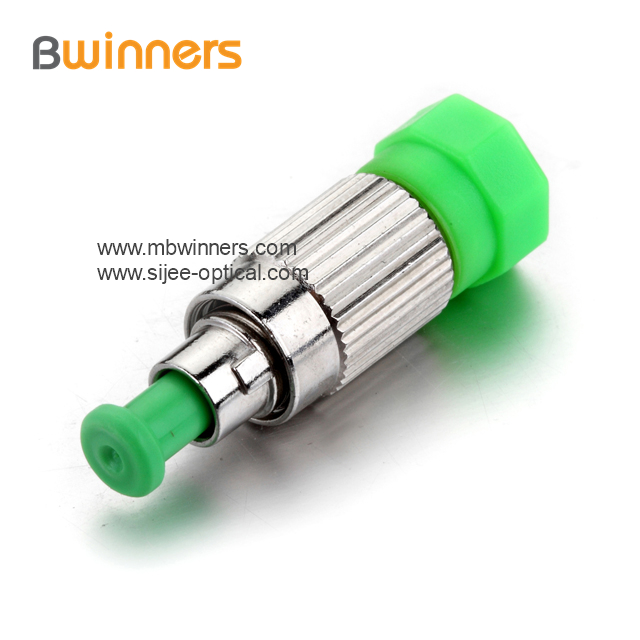1. The disadvantage of choosing a high voltage level
Choosing too high a voltage level results in an over-investment and a long payback period. As the voltage level increases, the insulation of the motor must be increased to increase the price of the motor. The increase in the voltage level increases the number of series connection of power semiconductor devices in the inverter, and the cost increases.
It can be seen that it is extremely uneconomical and unreasonable to use a 6kV, 10kV voltage level for a motor system of 200 to 2000 kW.
2. The relationship between the inverter capacity and the number of rectifier devices
The input of the inverter device into the 6kV grid must comply with the national regulations on harmonic suppression. This is related to the grid capacity and the rated power of the unit. The short-circuit capacity is less than 1000MVA, and the 1000-kW device 12-phase (transformer secondary-side double winding) can be used. If the 24-phase power is up to 2000 kW, the 12-phase basically eliminates the 5th and 7th harmonics with large amplitude.
After the number of rectified phases exceeds 36, the harmonic current amplitude is not significantly reduced, and the manufacturing cost is too high. If the grid short-circuit capacity is 2000 MVA, the device allows for a larger capacity.
3. Saving the maximum voltage below 3kV can save a lot of investment
The necessity of considering the voltage level from the characteristics and safety factor of power electronic devices is limited by the voltage of the power electronic device and the dv/dt allowed by the motor. The 6kV inverter must be connected in series with multiple levels or multiple devices, resulting in complicated lines, high price and reliability. Poor sex. For the 6kV inverter, if the 1700V IGBT is used, the American Robincon PERFECTHARMONY series 6kV high-voltage inverter is taken as an example. Each phase consists of five power units with a rated voltage of 690V connected in series, and three phases have a total of 60 devices. If you use 3300V devices, you need 3 strings of 30 devices, which is huge. On the other hand, the device current is small, and the current capability of the device is not fully utilized. Taking 560kW as an example, the 6kV motor current is only about 60A, while the 1700V IGBT current has reached 2400A, and the 3300V device current is 1600A. It is extremely unreasonable to use a large number of small devices in series. Even if the motor power is 2000kW, the current is only about 140A, which is still small.
Foreign medium voltage inverters have multiple voltage levels: 1.1kV, 2.3kV, 3kV, 4.2kV, 6kV, which are mainly determined by the voltage level of power electronics.
For inverters that output the same power, the cost of using a higher voltage or more units in series is greater than the cost of using a lower voltage, a smaller number, and a larger current unit. That is, the device current should be selected as much as possible. Low voltage level.
4. Isolation transformer problem
In order to isolate, improve the input current and reduce the harmonics, all medium voltage "direct conversion" devices are not really direct conversion, and the input side is equipped with an input transformer. This configuration will not change in a short time. Since there is a transformer on the input side, the voltage of the inverter and the motor is not necessarily the same as that of the grid. It is not necessary to use 10kV and 6kV. The voltage below 2500kW can not exceed 3kV, so there is a reasonable voltage level problem for the inverter and the motor.
The frequency conversion speed of 200kW~800kW or less should be 380V or 660V. It has simple lines, mature technology, high reliability, small dv/dt and low price. Still taking the 560kW motor as an example, the low-voltage inverter of 630kW660V is about 350,000, and the medium-voltage inverter of the same capacity is about 900,000. The methods implemented are low-low, low-high, high-low and high-low-high. Due to the motor, the price of the transformer is much lower than the inverter, even if the motor and transformer are replaced.
5. How to match the original 6kV high voltage motor with the voltage of 3.5kV inverter
Since the founding of the country, the traditional 6kV high-voltage motor has been put into production. In order to promote the 3.5kV inverter, it is impossible to replace the motor. The author proposes a simple scheme for reference.
The original 6kV motor of the manufacturer is generally star-connected, and the phase winding is subjected to the actual voltage of 3468V, so the winding is changed to a triangle and the other is unchanged. With the 3.5kV inverter, the inverter voltage is reduced from 6kV to 3.5kV. It can be seen from Table 3 that the 4.5kV device can withstand 3kV withstand voltage without being connected in series. If you use 1.7kV device 3 strings. Manufacturing costs will fall by 30%. The current maximum power of 2500kW of the 30MW unit in China is 3.5kV.
6. Prevention and control measures for harmonic pollution of power grids
From the practical point of view, the rectifier bridge consists of 12-phase rectification to eliminate the 5th and 7th harmonics and basically meet the harmonic requirements of the power grid. Therefore, 400 kW to 800 kW can be 12-phase rectification, and 1000 kW to 2500 kW can also meet the requirements.
Sijee Fiber optic adaptors are part of passive components for FTTH ODN connectivity, Sijee Fiber optic adaptors are used to join two fiber optic patch cables together for realizing the transition between different interfaces and they are available for use with either single-mode or multimode fiber optic patch cord. Sijee Fiber optic adaptors can offer superior low loss performance with very high repeatability.
Sijee offers different types of fiber adaptors comply with ITU standard, main products including Fiber Mating Sleeve Adaptor, Fiber Hybrid Adaptor, Fiber Bare Fiber Adaptor, Fiber Mechanical Attenuator, Field Assembly Optical Connector (FAOC), Splice-On Connector, Semi-finished Fiber Connector, etc.
Optical Fiber Couplers,Optical Fiber Adapter,Fiber Optic Adapter,Fiber Optic Flange are available.
Features:
1. Compliant with: IEC, JIS, Telcordia
2. Convenience and ease of handling
3. Optical performance 100% factory tested
4. Flange or threaded mounting type
5. Ceramic/Zirconia or phosphorous bronze sleeves
6. Good changeability and repeatability
Applications:
1. Telecommunication networks
2. FTTX, FTTH
3. LAN, WAN, CATV networks
4. Fiber communications, Data communication networks and processing, Industrial, Mechanical and Military.
5. Active device termination




Optical Fiber Couplers,Optical Fiber Adapter,Fiber Optic Adapter,Fiber Optic Flange
Sijee Optical Communication Technology Co.,Ltd , https://www.sijee-optical.com